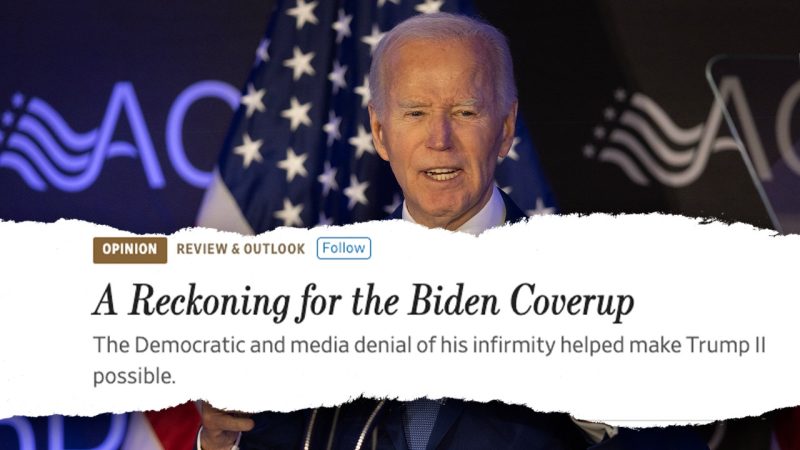
The dust-up between the Wall Street Journal and CNN’s Jake Tapper continues to make headlines. The WSJ editorial board recently issued a pointed rebuke of Tapper for his dismissive attitude towards their June 2024 article concerning President Biden’s perceived decline. The article, which explored concerns about the President’s fitness for office, sparked considerable debate, and Tapper’s reaction only fueled the flames.
The editorial board’s criticism highlights a growing tension between traditional news outlets and cable news personalities. While the WSJ presented what it considered to be a factual account based on interviews and observations, Tapper’s response was interpreted by many as dismissive and lacking in serious engagement with the article’s core arguments. This isn’t just a clash of opinions; it’s a reflection of the broader media landscape and the different approaches taken to reporting on politically sensitive topics.
The situation raises questions about how different news organizations handle potentially controversial stories. Does a responsibility exist to present a balanced view, even when dealing with potentially inflammatory information? Or is it acceptable to dismiss such reports outright, especially when they challenge the prevailing narrative? The debate over the Biden article serves as a microcosm of these larger questions.
The WSJ’s response underscores the importance of journalistic integrity and the need for thorough reporting. They defended their work, emphasizing the depth of their investigation and the importance of presenting diverse perspectives to the public. This counter-response suggests a willingness to engage in a public discourse on the matter, rather than simply letting Tapper’s comments stand unchallenged. The ensuing discussion is a vital part of the democratic process, pushing us to consider the role of media in shaping public opinion.
Ultimately, the exchange between the WSJ and Jake Tapper serves as a valuable case study for media consumers. It highlights the importance of critical thinking, verifying information from multiple sources, and recognizing the potential biases present in any news report, regardless of the source. The incident leaves us with a reminder to engage actively with the news, forming our own informed opinions rather than simply accepting a single narrative at face value.








